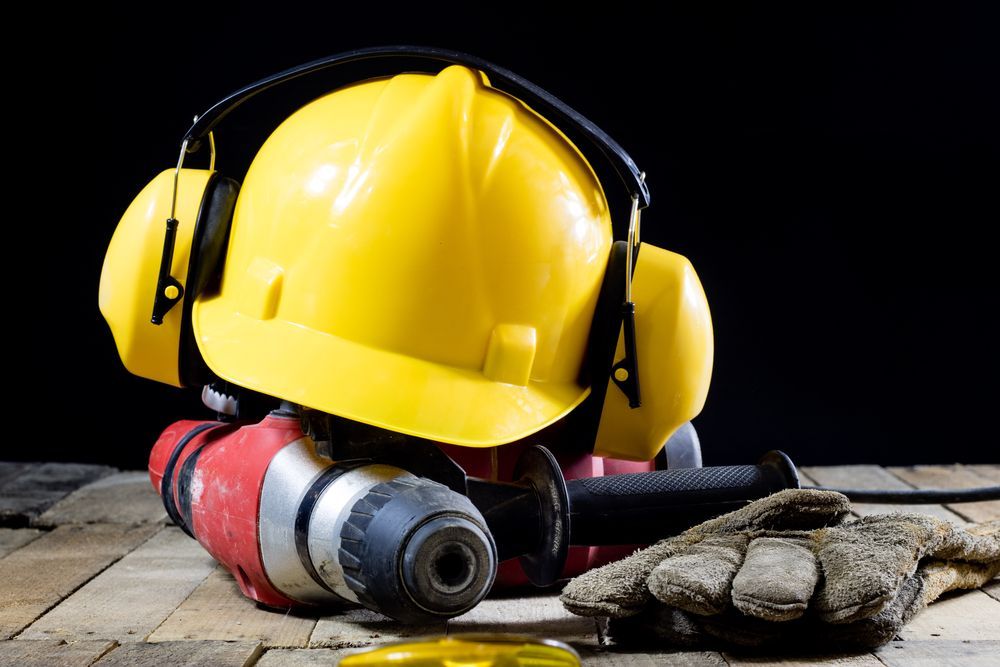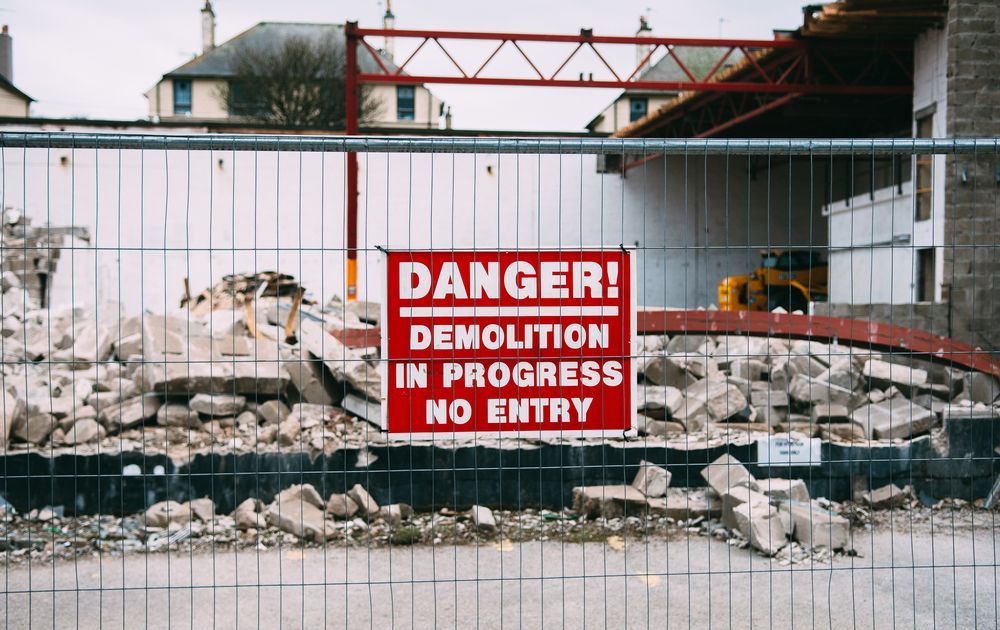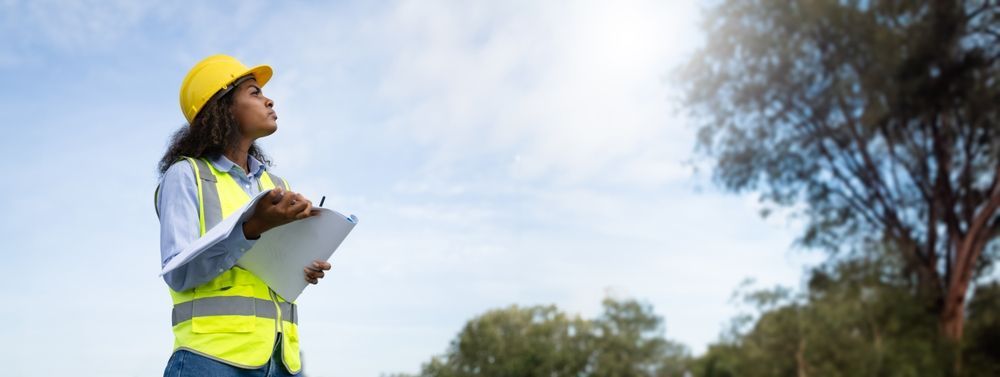What is Pre-Demolition: How Demo Risk is Assessed
Share this article:
Written by: Alpine Demolition
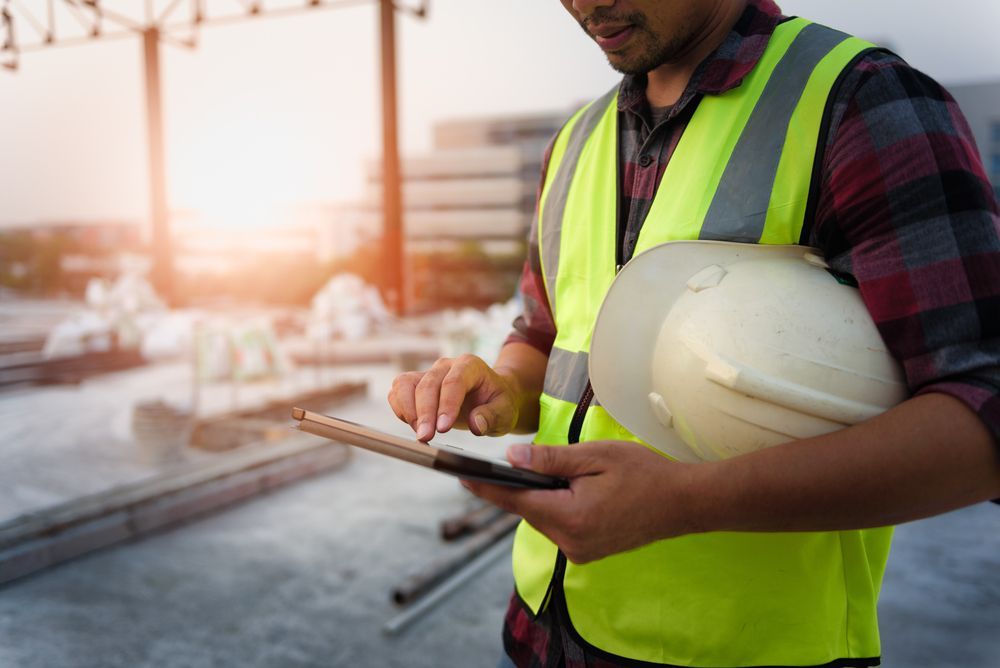
Before any construction project is built, it typically goes through a preconstruction phase - a process that aims to define the project, identify any potential issues or challenges, and solidify planning and scheduling.
Demolition goes through a similar process, albeit involving the deconstruction of a building. It's a process known as "pre-demolition," and it's used to identify hazardous materials (among other factors) to ensure optimum safety when the building is being razed. In this post, we'll take a deeper dive into just what pre-demolition is, why it's important, and some of the safety threats that it can help uncover. Read on to learn more.
What is Pre-Demolition?
Simply put, pre-demolition is an inspection that's carried out before the physical demolition of a building to assess threats and potential hidden dangers. It's a proactive step that allows contractors to react accordingly to any known threats and better anticipate any further potential threats after demolition commences.
Pre-demolition also includes completing a checklist of items that typically must be carried out before the wrecking ball can swing. This checklist includes things like disconnecting utilities (electrical, gas, water, etc.), plugging sewers, receiving various inspections and certifications, and, eventually, receiving state notification that the demolition can proceed.
Are Pre-Demo Surveys Required?
Pre-demolition surveys are important for the workers who are doing the demolition, the public, and the environment. That's why such surveys are an important step in any demolition project. These surveys work to identify hazards. If found, it allows contractors to form an action plan to properly address the hazards so that they don't pose a threat.
For example, some common material hazards that are identified during pre-demolition surveys may include asbestos, lead, PCBs, and more. These hazards need to be properly addressed and remediated before work begins to keep all site workers - as well as anyone and anything around the demolition site - safe from cross-contamination.
Why is Pre-Demolition Important?
As we said in the previous section, pre-demolition is important for ensuring the health and safety of demolition workers, the public, and the environment. In this section, we'll discuss the importance of pre-demolition surveys in addition to just identifying hazardous materials.
Allows Hazardous Material to be Identified
Whether it's lead, asbestos, or PCBs, pre-demolition allows such materials to be discovered before work begins, thereby allowing contractors to properly address any hazardous material issues before they become an issue. Asbestos, for instance, is a naturally occurring mineral that was used as a byproduct in many building materials up through the early 1990s. When such materials are disturbed - as is the case during demolition - then the fibers are released into the air and can embed into lung tissue, leading to a variety of long-term health consequences. Asbestos-containing materials must be properly remediated before demolition.
Ensures Site and Company Compliance
Pre-demolition also helps ensure compliance with local, state, and national regulations. Such regulations mandate any hazardous materials be properly identified and handled accordingly before work starts. If any contractor fails to comply with these regulations, they could be subject to monetary fines and subsequent legal action. This can also lead to bad press and reputational harm.
Protects Workers and the Public
Safety can't be stressed enough in the construction industry - and pre-demolition can help protect workers by identifying and ensuring that proper protocol is in place to remove any discovered hazardous materials. Pre-demolition can also help workers ensure they're wearing the right PPE and take extra measures with personal protection, if necessary.
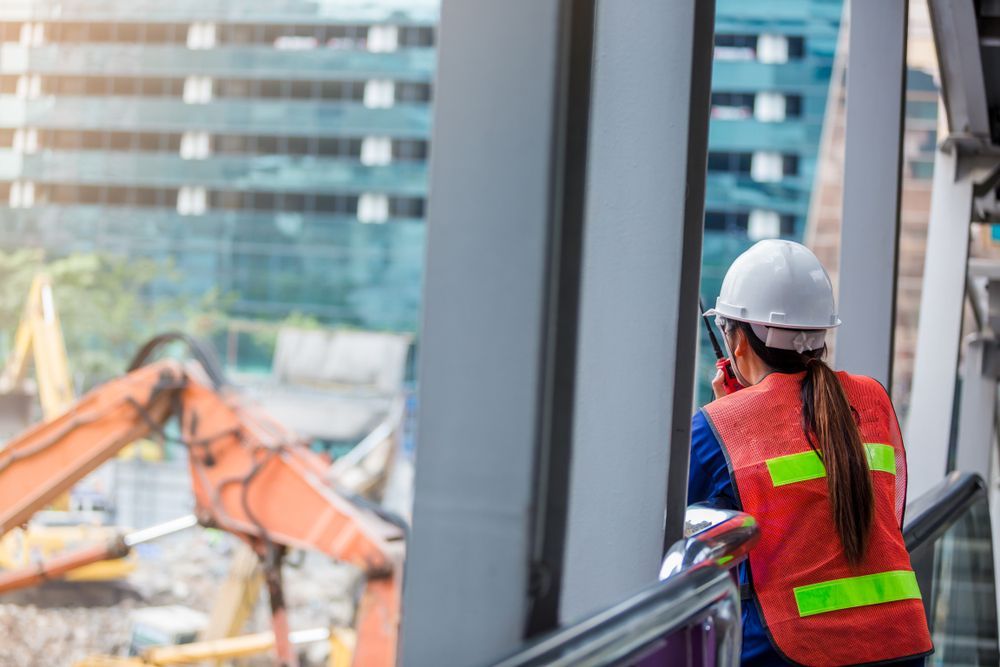
Protects the Environment
Finally, there's an environmental aspect to pre-demolition as well. Identifying hazardous materials can ensure that they are remediated and handled correctly, and don't spread throughout the local area where they could cause harm.
What is Included in a Pre-Demolition Survey?
Pre-demolition surveys consist of the following:
Site Inspection
A site inspection is done to visually identify any hazardous materials or potential hazardous materials. Inspections often consist of taking samples of suspected materials and sending them to a qualifying lab for further examination and diagnosis.
Laboratory Analysis
Any samples taken of suspected hazardous materials are tested in a laboratory to either confirm or deny whether they're hazardous and need to be addressed before demolition can begin.
Disconnection of Utilities
A key component of any pre-demolition survey, utilities must be properly disconnected before work can begin. Failure to do so could result in a fire or flood, which could cause injury or damage to any neighboring properties.
Pest Control
If rodents or pests are present on a site and then that site is removed, they'll likely just take shelter in neighboring sites. It's why a rodent letter is required before work can begin - and it must be granted by a licensed pest control company. Any identified pest or rodent problems must be handled accordingly before demolition work can begin.
Asbestos Survey
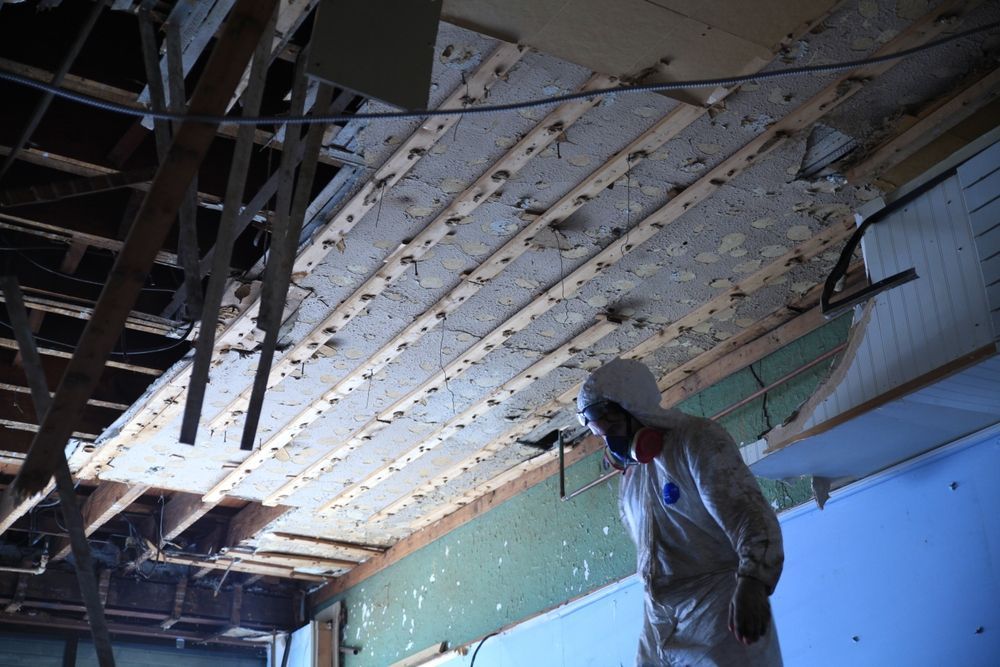
As we noted, asbestos is a material that was commonly used in building materials up through the early 1990s before the full extent of its long-term health consequences became known. An asbestos survey will either confirm the presence of asbestos-containing materials or give the "all clear." These materials are often present in building interiors.
Report Preparation
Pre-demolition also consists of a report that summarizes key findings and provides recommendations on how any issues should be managed or handled moving forward.
State Notification
Lastly, pre-demolition often involves formal notification to the state that you're planning to perform demolition work. Notification typically needs to be given at least 10 days before work is set to begin.
Contact Alpine Demolition Today
For more information on pre-demolition and why it's so important for a successful demolition outcome, contact Alpine Demolition today. As a qualified, credible, experienced, professional demolition contractor, Alpine knows the importance of preparation and the impact it can have on any demolition project. Contact us today to learn more.

